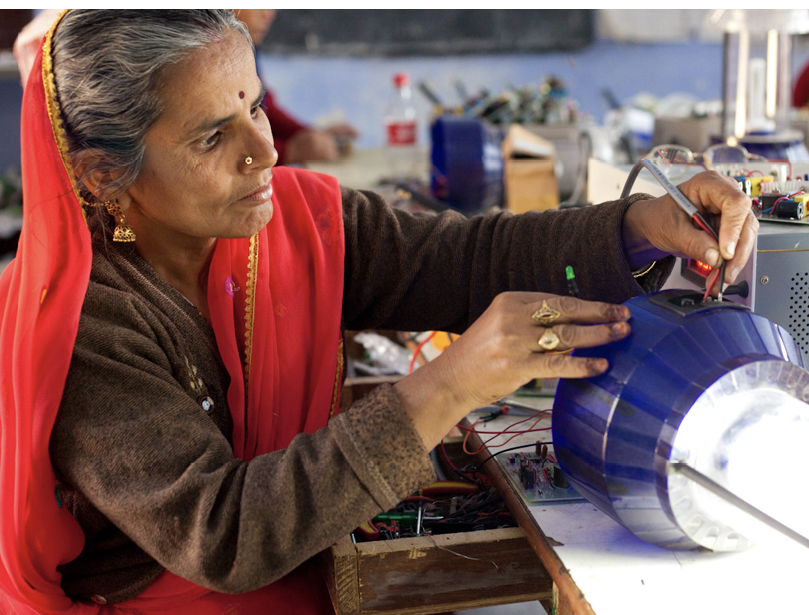
Photo Credit: UN Women/Gaganjit Singh
Photo Credit: UN Women/Gaganjit Singh
“In nature, nothing exists alone.”
Rachel Carson’s words, though originally reflecting the interdependence of ecosystems, offer a powerful reminder for climate action today. No solution is complete unless it includes everyone—especially those most affected by climate change. Ignoring the needs and voices of women and marginalised communities means overlooking the very people who often bear the brunt of climate impacts and who hold vital perspectives for more just, effective solutions. Climate action must be inclusive and intersectional, recognising that no one is truly safe until everyone is—and that true progress comes when every voice is heard, and every experience valued.
This truth lies at the heart of BASE’s newly updated Climate Finance Gender Toolkit—a practical, action-oriented guide designed to make gender responsiveness a reality in climate finance projects.
Building on the solid foundation of its 2021 edition, the updated toolkit features a refreshed design, enhanced guidance, and compelling case studies that show what gender mainstreaming looks like in real-world climate finance initiatives. More than just a guide, this toolkit is a living document—meant to evolve as we implement, learn, and adapt, continually strengthening our efforts toward more equitable, effective climate action.
The toolkit V2 highlights real-world examples that bring its recommendations to life, equipping project teams with tangible, tested insights for more inclusive, equitable, and impactful climate finance initiatives.
Why we need to support gender inclusion in climate finance
Climate change is not gender neutral. It disproportionately affects women and girls—particularly in low-income and rural communities—where structural inequalities like limited access to resources, decision-making power, and mobility heighten their vulnerability to climate-related impacts. When climate finance mechanisms overlook these gendered realities, they risk not only missing the mark, but reinforcing the very inequalities they aim to solve.
While often seen as demanding more budget, effort, and time, integrating gender considerations into climate finance actually boosts its efficacy. Projects that actively engage women and other marginalised groups, while addressing gender imbalances, are consistently more resilient, impactful, and sustainable.
Despite growing awareness, integrating gender into climate finance remains a complex challenge. Practitioners often struggle with knowing where to begin, how to adapt gender strategies to diverse contexts, and how to move beyond checklists toward meaningful, lasting inclusion. A persistent lack of practical guidance continues to hold back truly gender-responsive action.
About the Toolkit
To help bridge this gap, BASE partnered with student researchers from the Geneva Graduate Institute in 2021 to develop the original Climate Finance Gender Toolkit. The aim was clear: to identify common gender gaps in climate finance initiatives and offer accessible, actionable tools for addressing them. The toolkit equips project teams with concrete resources to integrate gender in ways that are measurable, practical, and sustainable—transforming intention into impact.
The updated version of the toolkit incorporates key lessons learned since its initial release. With enhanced case studies, a more user-friendly design, and additional insights from field experts, this version offers even more value for practitioners. The new case studies provide real-life examples from leading organisations like Oxfam and ICIMOD, illustrating how gender integration can strengthen project outcomes. These additions make the toolkit even more practical and relevant, reflecting the latest best practices in the field.
This toolkit is designed for climate finance project teams, donors, NGOs, multilateral development banks, and other stakeholders involved in climate projects. Whether you are just starting to integrate gender or looking to refine your approach, the toolkit offers valuable guidance for every stage of a project. By using the toolkit, organisations can ensure that gender considerations are not sidelined but fully embedded in their climate finance initiatives from design to monitoring, ultimately improving the effectiveness and sustainability of their projects.
Download the updated toolkit and take a step toward more inclusive, effective climate finance.